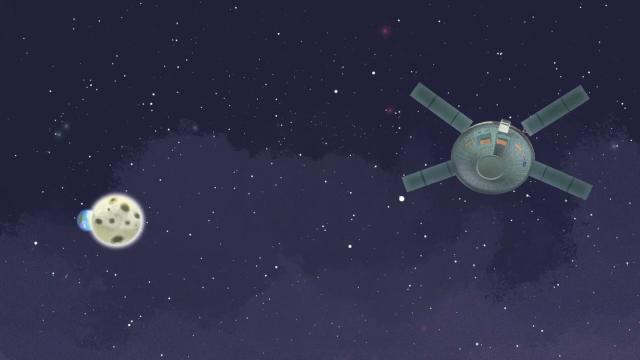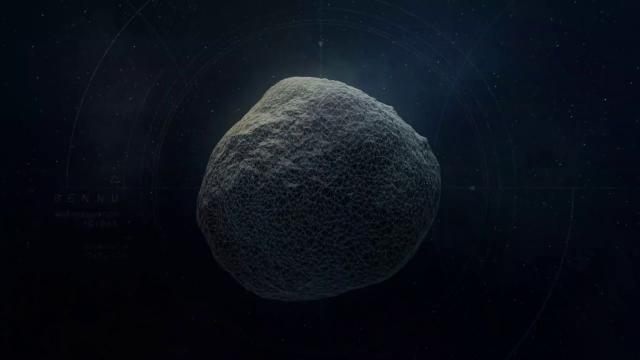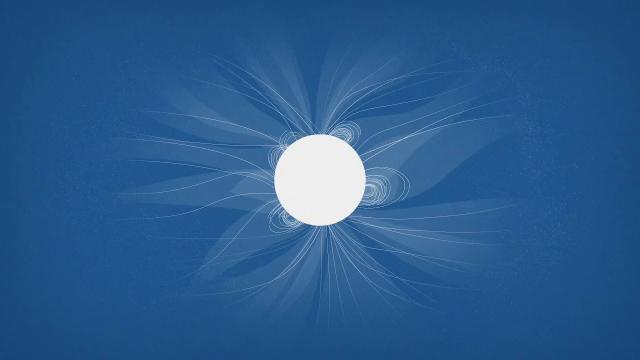NASA's quest to Touch the Sun! part 1 - The Hero's Journey
Description
Are you ready for an epic adventure?
God bless everyone,
T
https://www.paypal.me/THORnews
Tshirts
https://hitthebuttonbaby.com/
THORNEWS
PO BOX 35946
HOUSTON TEXAS
77235-5946
article on the Parker Probe Mission
https://blogs.nasa.gov/parkersolarprobe/2018/07/24/parker-solar-probe-launch-targeted-for-aug-11/
Parker Solar Probe Launch Targeted for Aug. 11
NASA and its mission partners are targeting Aug. 11 for the launch of the Parker Solar Probe mission to the Sun. The 45-minute launch window will open at 3:48 a.m. EDT. During final inspections following the encapsulation of the spacecraft, a small strip of foam was found inside the fairing and additional time is needed for inspection.
The spacecraft will launch on a United Launch Alliance Delta IV Heavy rocket from Space Launch Complex 37 on Cape Canaveral Air Force Station in Florida.
Something mysterious is going on at the Sun. In defiance of all logic, its atmosphere gets much, much hotter the farther it stretches from the Sun's blazing surface.
Temperatures in the corona—the tenuous, outermost layer of the solar atmosphere—spike upwards of 2 million degrees Fahrenheit, while just 1,000 miles below, the underlying surface simmers at a balmy 10,000 F. How the Sun manages this feat remains one of the greatest unanswered questions in astrophysics; scientists call it the coronal heating problem. A new, landmark mission, NASA's Parker Solar Probe—scheduled to launch no earlier than Aug. 11, 2018—will fly through the corona itself, seeking clues to its behavior and offering the chance for scientists to solve this mystery.
From Earth, as we see it in visible light, the Sun's appearance—quiet, unchanging—belies the life and drama of our nearest star. Its turbulent surface is rocked by eruptions and intense bursts of radiation, which hurl solar material at incredible speeds to every corner of the solar system. This solar activity can trigger space weather events that have the potential to disrupt radio communications, harm satellites and astronauts, and at their most severe, interfere with power grids.
Above the surface, the corona extends for millions of miles and roils with plasma, gases superheated so much that they separate into an electric flow of ions and free electrons. Eventually, it continues outward as the solar wind, a supersonic stream of plasma permeating the entire solar system. And so, it is that humans live well within the extended atmosphere of our Sun. To fully understand the corona and all its secrets is to understand not only the star that powers life on Earth, but also, the very space around us.
A 150-year-old mystery
Most of what we know about the corona is deeply rooted in the history of total solar eclipses. Before sophisticated instruments and spacecraft, the only way to study the corona from Earth was during a total eclipse, when the Moon blocks the Sun's bright face, revealing the surrounding, dimmer corona.
The story of the coronal heating problem begins with a green spectral line observed during an 1869 total eclipse. Because different elements emit light at characteristic wavelengths, scientists can use spectrometers to analyze light from the Sun and identify its composition. But the green line observed in 1869 didn't correspond to any known elements on Earth. Scientists thought perhaps they'd discovered a new element, and they called it coronium.
Not until 70 years later did a Swedish physicist discover the element responsible for the emission is iron, superheated to the point that it's ionized 13 times, leaving it with just half the electrons of a normal atom of iron. And therein lies the problem: Scientists calculated that such high levels of ionization would require coronal temperatures around 2 million degrees Fahrenheit—nearly 200 times hotter than the surface.
Read more at: https://phys.org/news/2018-07-parker-solar-probe-curious-case.html#jCp
For decades, this deceptively simple green line has been the Mona Lisa of solar science, baffling scientists who can't explain its existence. Since identifying its source, we've come to understand the puzzle is even more complex than it first appeared.
"I think of the coronal heating problem as an umbrella that covers a couple of related confusing problems," said Justin Kasper, a space scientist at the University of Michigan in Ann Arbor. Kasper is also principal investigator for SWEAP, short for the Solar Wind Electrons Alphas and Protons Investigation, an instrument suite aboard Parker Solar Probe. "First, how does the corona get that hot that quickly? But the second part of the problem is that it doesn't just start, it keeps going. And not only does heating continue, but different elements are heated at different rates." It's an intriguing hint at what's going on with heating in the Sun.














